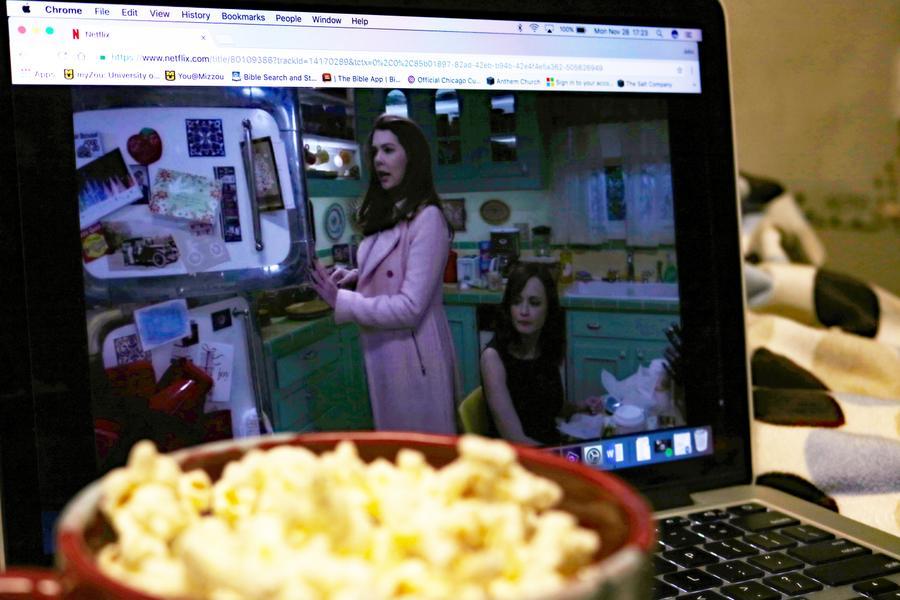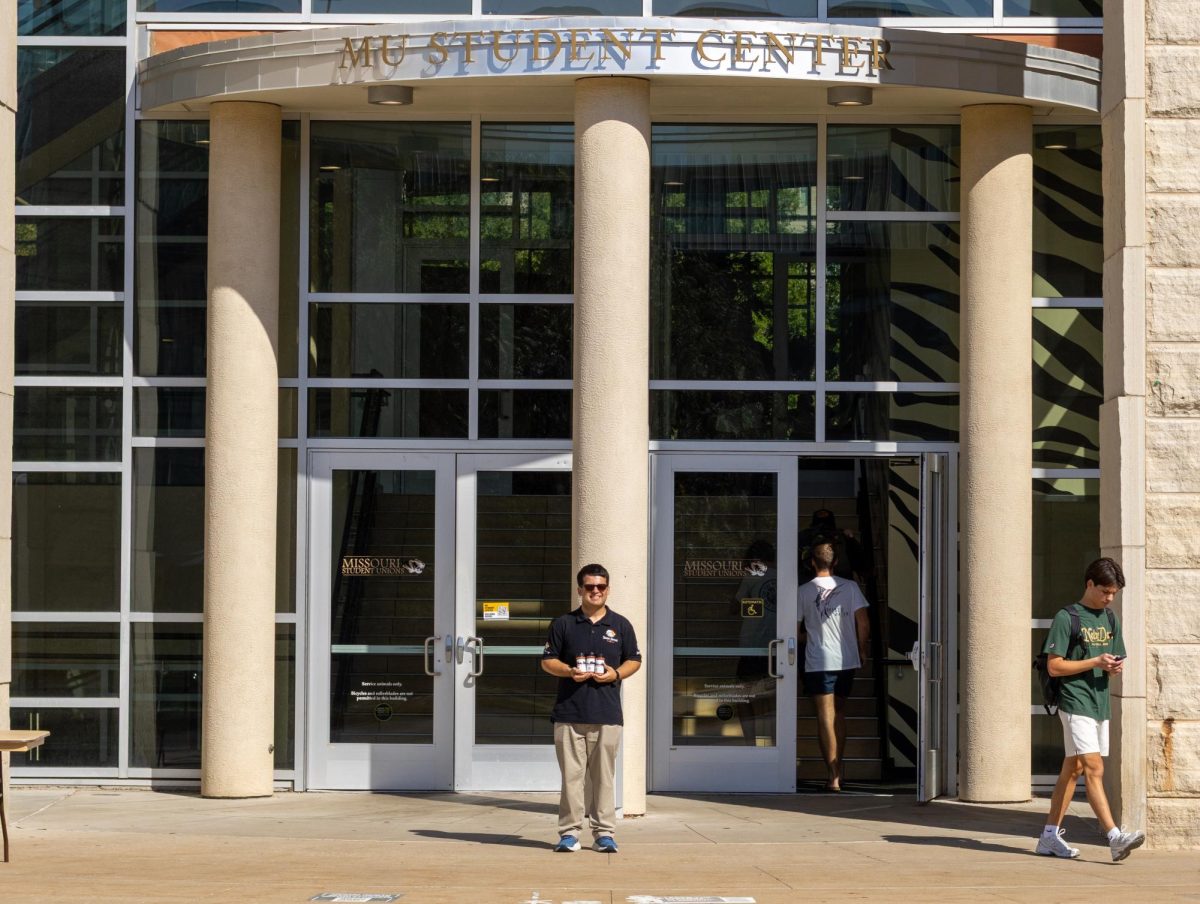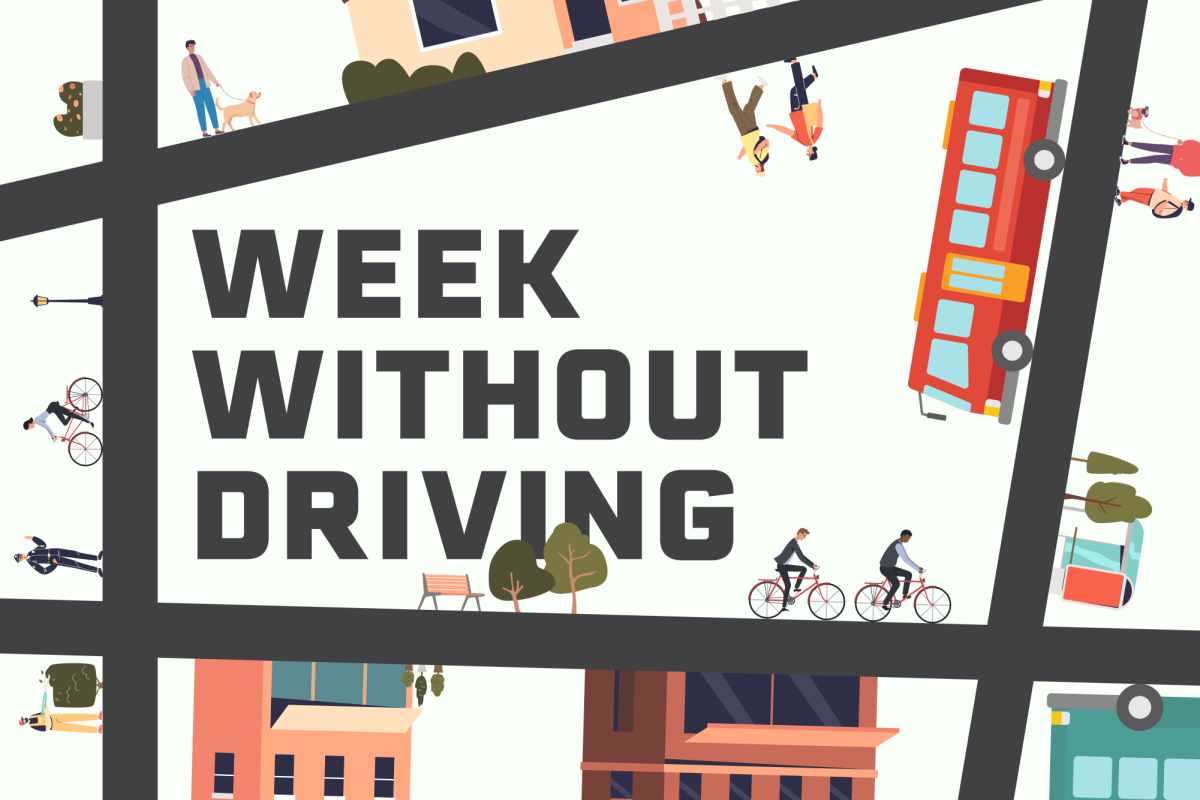In one of the final scenes of the seventh season of _Gilmore Girls_, the camera pans across the smiling, crying faces of all the Stars Hollow townspeople as they see Rory off into the real world after college.
These moments are what define _Gilmore Girls_: family and friends, united in happiness and sometimes sadness, too.
As a young woman watching _Gilmore Girls_, I deeply related to high school Rory Gilmore. Rory changed schools in the beginning of her freshman year, and so did I. Rory worked on her high school paper, The Franklin, and so did I. As Rory was navigating her high school years, so was I.
When Rory grew up, out of her Chilton Preparatory School uniform and into her short-haired college years, I was also entering college.
_Gilmore Girls_ is relatable and beautiful, and it provides endless funny and touching moments for fans to hang on to. The show is not a cultural phenomenon because of the fast talking or the romantic subplots. _Gilmore Girls_, at its core, is about family.
When Rory breaks up with her boyfriend and lays her head on her mother Lorelai’s lap, Lorelai orders a pizza. When Lorelai gets dumped, Rory brings her a spread of food that rivals the amount of food that’s been in my fridge this whole year. It is the two of them together against the world.
The quiet moments are what make _Gilmore Girls_ powerful. When Lorelai’s mother, Emily, cries, alone, standing in her living room, the viewer can cry with her. When Rory sits by the lake after her boyfriend publicly breaks up with her, the silence is deafening.
As Rory says in her graduation speech, _Gilmore Girls_ is full of characters that are “supremely real, made of flesh and bone, full of love.”
So yes, the show is funny and cute, but it’s also so much more than that. To a generation, _Gilmore Girls_ has been a guide to life.
Now, the show is back in all its glory, with all the same characters coming back to Stars Hollow. The only main character who is noticeably absent is Ed Herrmann’s Richard, Lorelai’s father. Herrmann passed away in December 2014, and the revival handles his death with an impressive grace.
Whether you’re Team Jess or Team Logan (as long as you’re not Team Dean, because that’s unacceptable), the revival is still incredible. If Sookie or Michel are your favorite characters, you’re in luck. The new episodes cater a little bit to everyone, and to superfans like myself, the entire show is everything we’ve ever wanted.
The last season of the original series was a contentious one, because creator Amy Sherman-Palladino and her husband, Dan, were forced to leave the show due to contract disputes. The finale, “Bon Voyage,” was pretty good, but the rest of the season should never have existed. The season took some bad and nonsensical turns, and some of the characters reverted in their long-term development.
_Gilmore Girls: A Year in the Life_ is Sherman-Palladino’s chance to finish the series the way she wanted to the first time. This revival is her love letter to fans, and boy, should we feel loved.
The original series came out in a time when think pieces didn’t exist. We didn’t have The Atlantic arguing that [Rory Gilmore is a bad journalist (debatable)](http://www.theatlantic.com/entertainment/archive/2016/11/turns-out-rory-gilmore-is-not-a-good-journalist/508883/); we had only our own minds, soft pajamas, Chinese food and word of mouth.
So sure, some of the scenes are a little long, hedging too much on people already being fans of the show and inundating viewers with references from the original series, but the revival is a beautiful gift to _Gilmore Girls_ fans of all ages.
I cried and screamed an embarrassing number of times during _A Year in the Life,_ because I never thought that nine years later, my favorite show would be coming back from an unsatisfying end.
And while I won’t tell you what the last four words are, I can say that the revival was well worth the wait.
_MOVE gives Gilmore Girls: A Year in the Life “none plus five” out of five stars_








